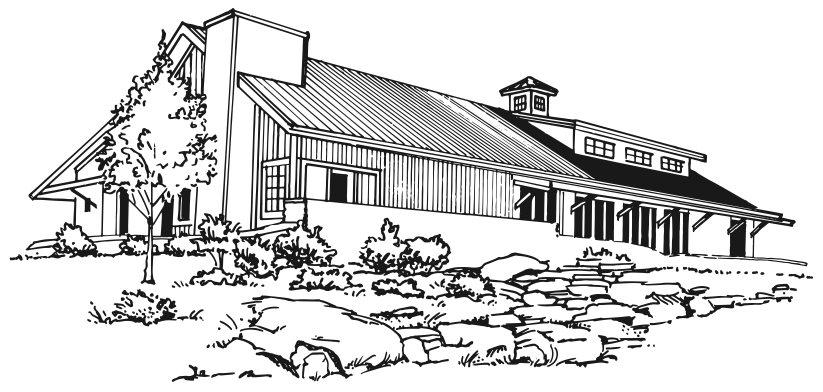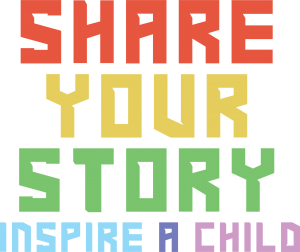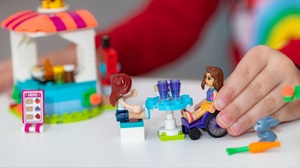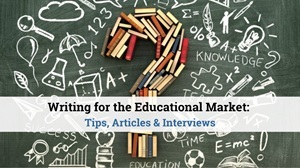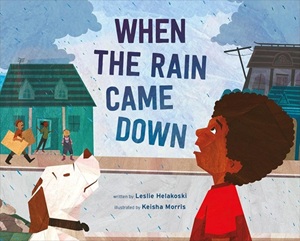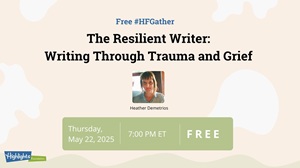From Lyn: Halli Gomez and I are honored to have been invited to teach Disability Representation in Novels for Kids: A Two-Night Mini. We will focus on the need for books that present disability and neurodiversity as well as how to how to represent disabled and neurodivergent characters in a nuanced way that avoids stereotypes and tropes.
As a teaser for this workshop, I’d like to talk a bit about stereotypes and tropes and why they’re a problem. First, some definitions and distinctions.
A stereotype is a generalization about people in a group, an assumption that all people in the group share a set of traits. An example would be the idea that all autistic people are obsessed with trains or building with Lego. Yes, some of us are, but far from everyone, and there are many people who like trains or Lego building who are not autistic.
A trope is a thematic or plot device that uses people from a given group to make a point or reinforce a stereotype rather than presenting them as multi-dimensional characters. An example is having the bad guys harm or kill a defenseless disabled person in order to show the villainy of these characters (as well as the helplessness of people with disabilities). The “second fiddle” is another common trope, in which the disabled character exists primarily for the growth of the protagonist but with no desire, agency, or character arc of their own. As the British scholar Pat Thomson writes in the July 1992 issue of the journal Books for Keeps:
Thus Samantha becomes a better person for having known someone in a wheelchair. Bully for Samantha but what about the person in the wheelchair?
A related trope is that of inspiration objectification, commonly known as “inspiration porn” in which any achievement by a disabled person is enthusiastically celebrated as an inspiration for non-disabled people. A novel that ends with a disabled person receiving a trophy as the “most inspirational” student at an end-of-school assembly is a really on-the-nose example of this act of objectification, turning what should be a complex, multifaceted individual into a single image or story.
What stereotypes and tropes share, and the reason they’re a problem, is that they dehumanize. They assume all individuals who just happen to share one characteristic are otherwise all the same. And they use the people who share the one characteristic for the purpose of reinforcing their own assumptions and sense of superiority. At a time when disabled and neurodivergent people are becoming targets of economic and political elites, assumed to be “less than,” too costly to society, or too disruptive, we need to represent fully their individuality, complexity, and dignity in our stories.
Stories are powerful, but there are no guarantees that their power is always for good. Leaving aside those who have explicitly used stories for propagandistic purposes, such as to marshal mobs against a tyrant’s perceived enemies, even well-meaning portrayals can do harm. As autistic scholar Elizabeth Bartmess writes in Disability in Kidlit regarding Mark Haddon’s best-selling novel The Curious Incident of the Dog in the Night-Time:
Christopher is portrayed as elitist, violent, and lacking empathy. If this book were my only or primary exposure to representations of autistic people, I would think they were threatening and cared only about themselves. The way the author chooses to portray Christopher makes me worry that some people will assume that harmful treatment toward autistic people is okay, or even deserved. Even in the best case scenario, this book does not give an inexperienced reader any sense of how an autistic person could be an interesting conversation partner, or a friend, or a kind person.
What we need now are stories that center disabled and neurodivergent characters, making them the main characters in their stories, and making sure these stories present those characters in all their complexity and humanity.
